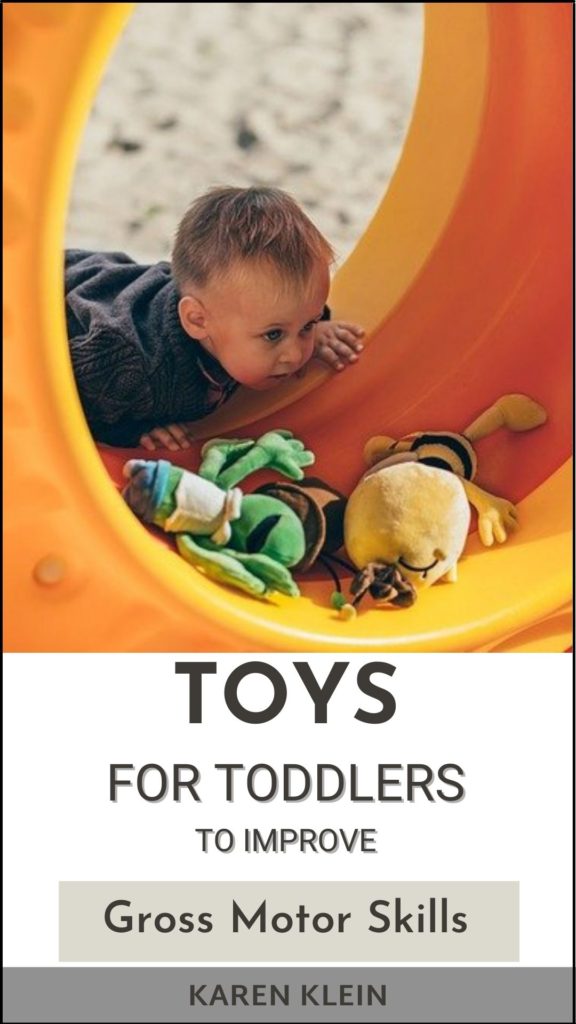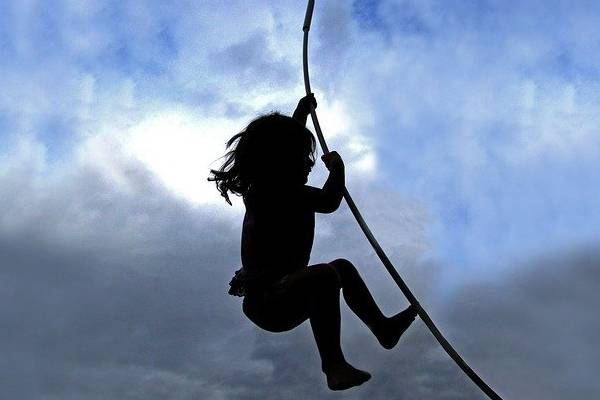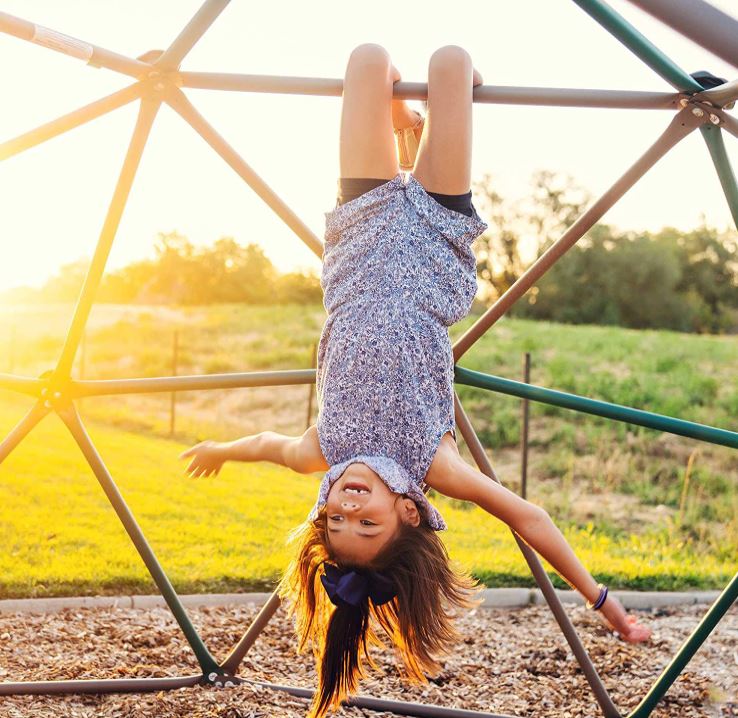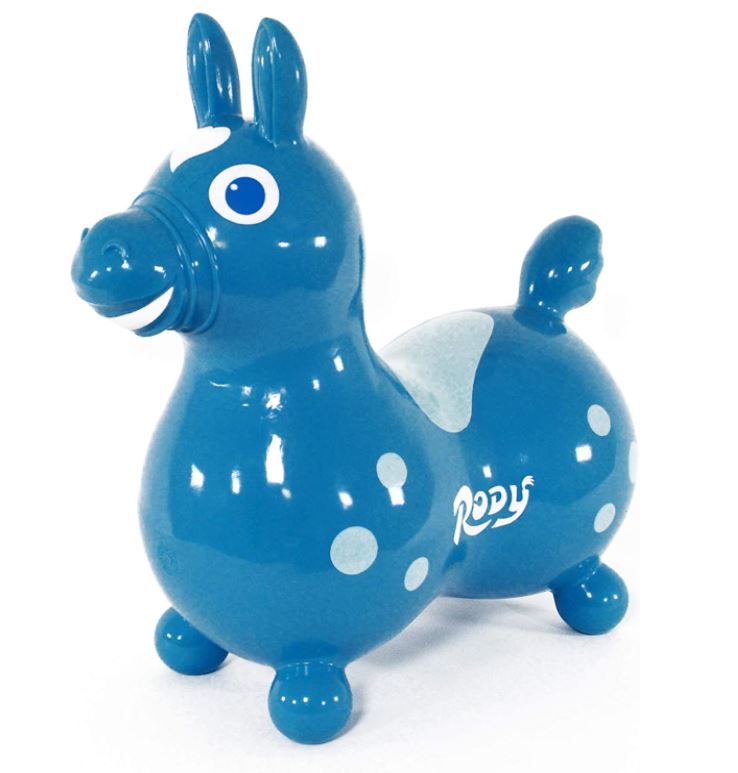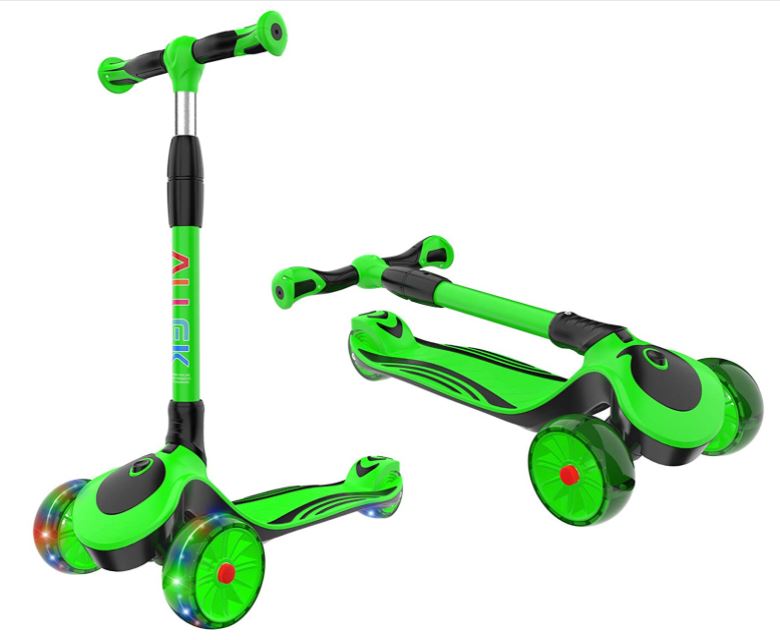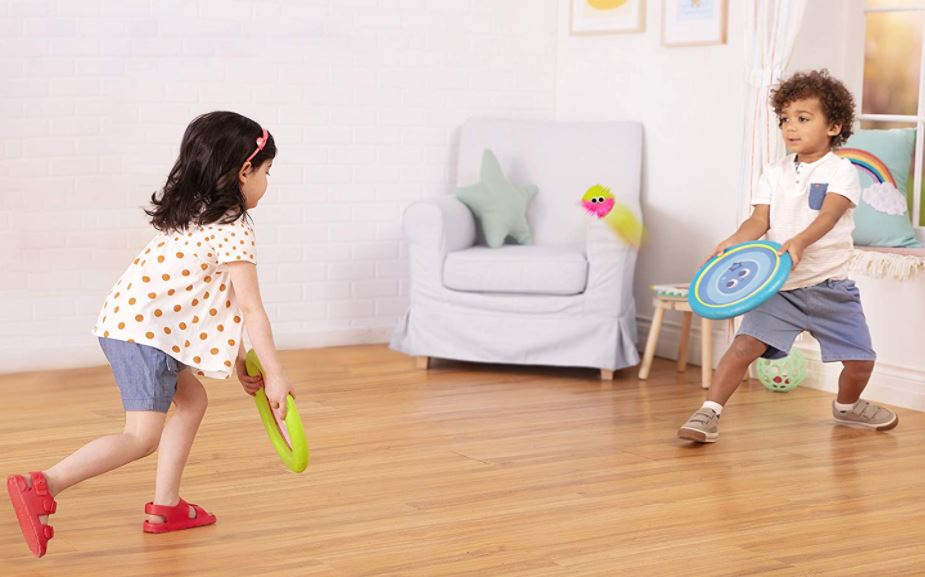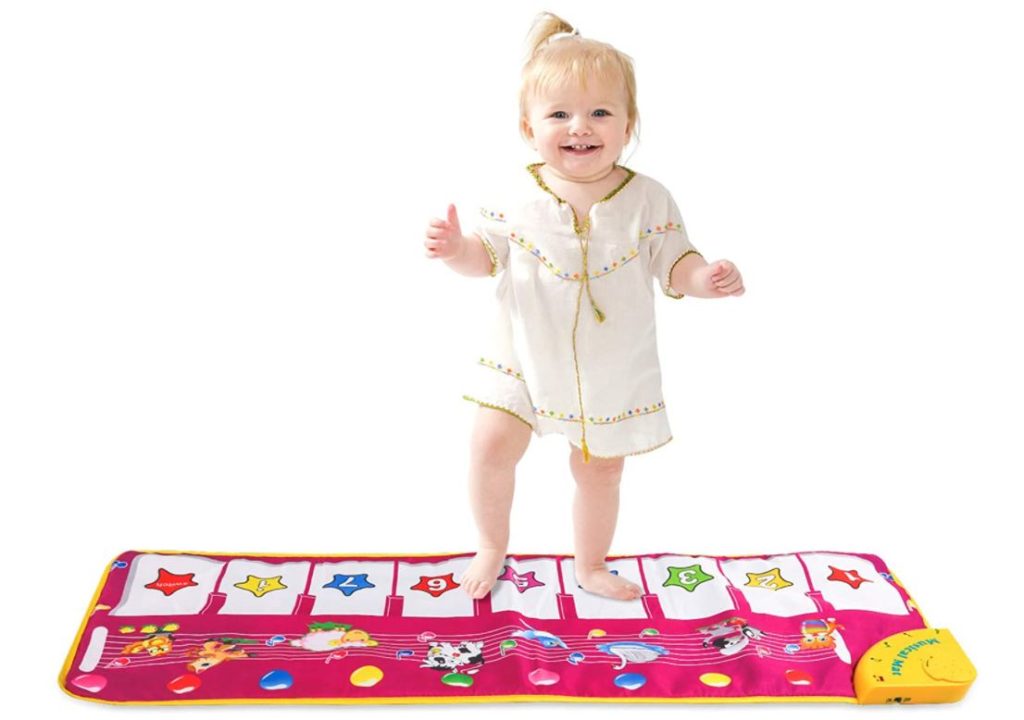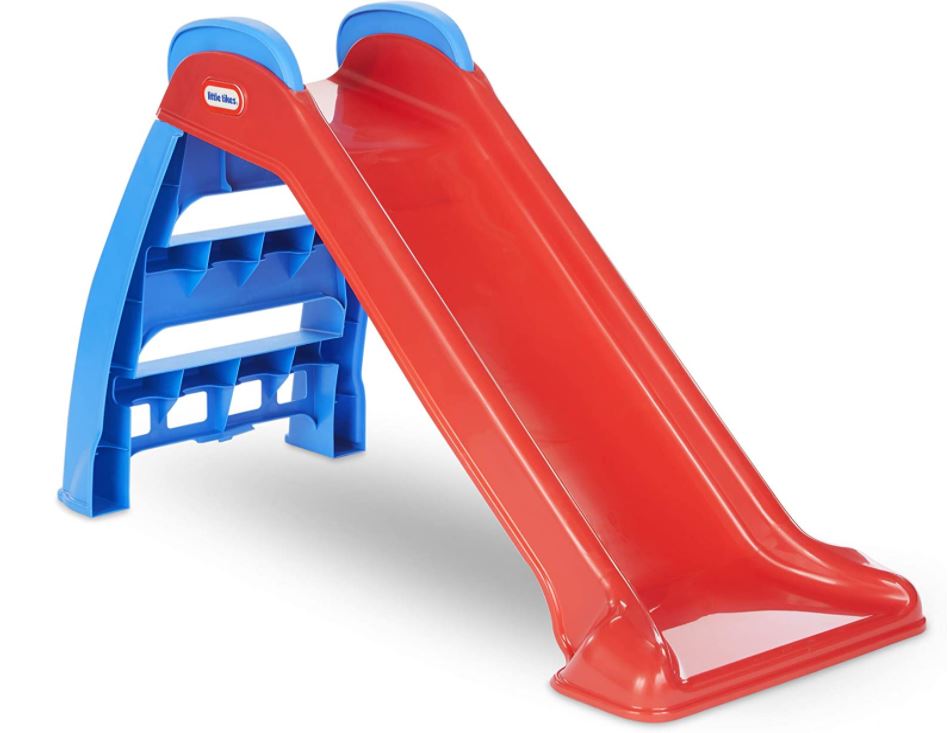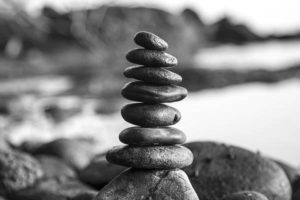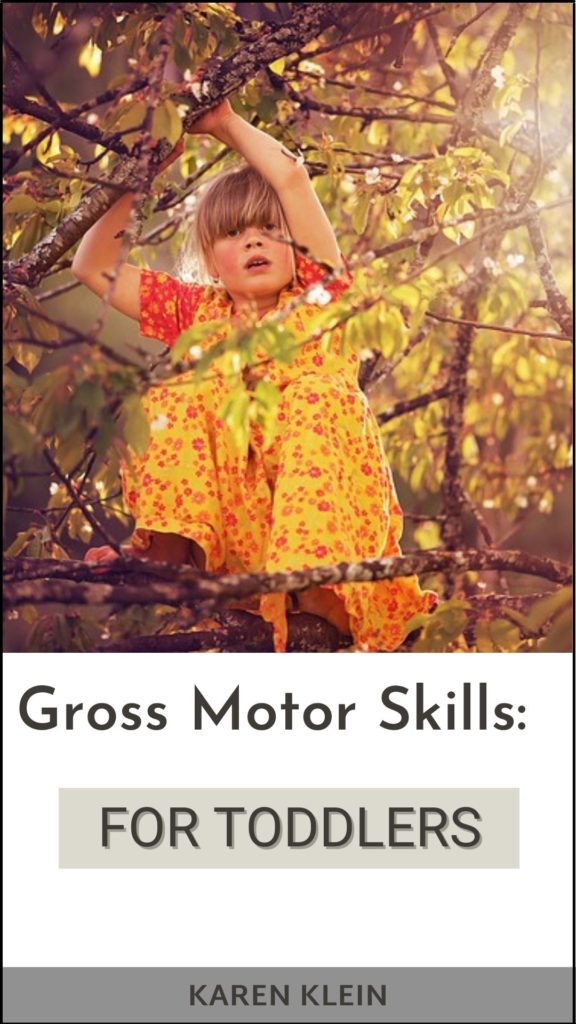
"Watching a child makes it obvious that the development of his mind comes through his movements."
Maria Montessori
This page may contain affiliate links which simply help you find the stuff I like a lot easier and pay me a commission! To read my super boring privacy and disclosure policies, click here.
Gross motor skills (movements related to large muscles such as legs and arms) like walking, running, climbing, jumping, pedaling, kicking and more are important physical milestones that all happen during toddler years. Although your little one is becoming harder and harder to keep up with, this physical activity is absolutely normal and an important part of your toddler’s development.
You can help your little one boost her gross motor skills she needs as she grows by adding selected gifts and toys that encourage physical development.
Did you know?
- If a child has trouble with certain aspects of gross motor skills, he is less likely to engage in that activity in the future, which might have a negative effect on his self-esteem.
- Providing children with the opportunity to be barefoot as often as possible will help them learn to walk. Going barefoot fosters the development of stability, muscles, coordination, and strength. Take those shoes off!
- Children will take their first steps between the ages of 10 months to 18 months.
- A study proved that children who participated in physically active lessons had significantly greater results in mathematics speed test, general mathematics, and spelling scores although no changes were seen in reading scores.
Gross Motor Skills during the Toddler Years
12 months:
- Pulls to stand and walks holding furniture (also called cruising)
- Begins taking steps
- May stand alone
18 months:
- Walks alone; may walk up steps and run
- Pulls toys when walking
- Can help undress themselves
2 years:
- Stands on tiptoe
- Kicks a ball
- Runs
- Climbs onto and down from furniture and walks up and down stairs
- Throws ball overhand
3 years:
- Climbs well
- Runs easily
- Pedals a three-wheel bike
- Walks up and down stairs, one foot on each step
Why gross motor skills for toddlers are important and their Impact on the Future
During age 3 to 6, toddlers start to refine the skills they have already learned and begin to apply them to play activities like jumping rope, riding a bike and climbing a jungle gym. These skills also go far beyond playing. By building on the movements and skills they have already learned, children begin to apply them to everyday tasks such as getting dressed, feeding themselves, brushing their teeth and even to school activities like drawing and handwriting.
Activities to help strengthen gross motor skills for toddlers
- Parents and caregivers can help children develop gross motor skills by making sure the toddlers are active every day in age-appropriate ways.
- Tummy time provides an important early start for infants. There are many ways that parents and caregivers can support it.
- Physical activity in the early years doesn’t need to be complicated, but it needs to happen. After all, children are born with the potential to move but not the skills.
- To develop their skills and capacities, parents and caregivers need to create and support daily movement opportunities for the infants and toddlers in their care.
These are some basic fundamental movement skills that your toddler should be learning, and mastering. These contribute to your child becoming physically literate:
Running:
By age two, most toddlers will have started running. They are still a bit unsteady on their feet and they often fall down, but they are keen to be fast and mobile. Encourage your child in her running by making frequent trips to parks and other places where there are open spaces.
Throwing:
Toddlers will naturally start to throw underhand before their second birthday, and some will even start to throw overhand. Their arms and legs will tend to be straight, and they won’t rotate their upper body very much, but they will improve steadily towards their fourth birthday. And the more they practice throwing, the better they’ll get.
Catching:
With a little coaching, you can teach your toddler to catch soft foam or fabric balls. Catching is a natural companion activity to throwing, and catching activities help him to develop the ability to track the flight of an object in the air. As his confidence grows and his fine motor skills improve, he will eventually start to use his hands more than her arms.
Kicking:
Around her second birthday, your toddler will start to kick a ball on the ground. She won’t have great form as she steps into the kick, but that’s okay. At this age, you simply want to encourage her to explore the movement of kicking. Help your child to develop her kicking skills by having soft, lightweight balls available.
Ladder:
The act of climbing improves balance, spatial awareness and upper body strength. These skills are important to hone at a young age for success in sports or other play activities as they get older. The ladder can also be used for exercises: using one of the rungs as a swing can help your child improve their balance as they try to maneuver themselves into position while climbing the ladder.
Rope:
The rope attachment offers an extra degree of difficulty for climbing, relying more on upper body strength and requiring more balance than the ladder. This exercise teaches children coordination in planning jumping and landing, while holding on or letting go to the rope.
Trapeze:
The trapeze is perfect for your child to master their spatial awareness and coordination while simultaneously engaging their upper body and core muscles. The different grip options allow your child to engage different parts of their upper body.
6 Top Gifts to improve gross motor skills for toddlers
Kids piano mat with 8 piano function keys and 8 kinds of animals sound and pronunciation, the sweet music can simulate the children’s hearing. Will help children identify colors, animals and piano keys. When children hear music they will sing and dance together which will inspire children’s language skills and hand-foot coordination ability.
11.00 USD on Amazon
I truly hope you enjoyed this article and more importantly that it will help you choose your next gift for children!
I highly recommend you to read additional articles about gross motor skills:
